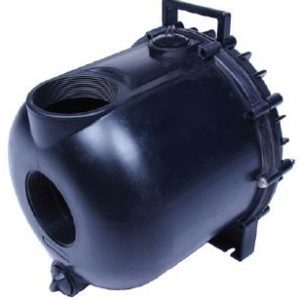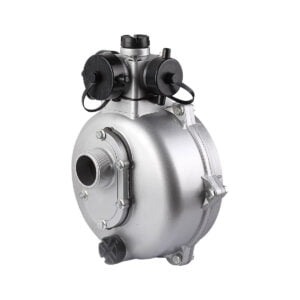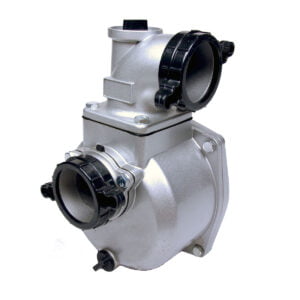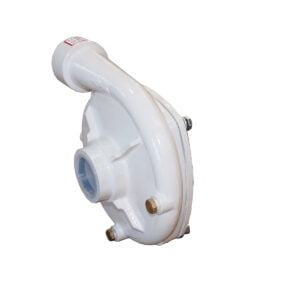Issues with your pump equipment can be caused by a number of factors such as heavy use, poor quality equipment, or incorrect use which results in costly downtime. Understanding common pump problems and why your pump might be failing will help prevent issues happening in the future and ultimately, maintain the quality of your pump. Ninety percent of pump failures are caused on the suction side of the pump.
Cavitation
Cavitation refers to microscopic vapour bubbles forming in a liquid located in a low pressure region of the impeller, which is then subject to increased high velocities. This process is common in centrifugal pumps and water turbines. This can be an issue for your pump equipment as it can promote erosion.
Where cavitation occurs, there’s a noticeable decrease in performance of the pump equipment as it impacts the flow pattern and causes stress on the pump’s internal materials (pump casing and impeller). You want to address cavitation early before the metal weakens (looks like honeycomb) and reduces the longevity of the equipment.
To prevent cavitation from occurring, you want to address the issue as early as possible. The best way is simply choosing the correct pump for the project. Here at Pumps Australia, we provide advice and assistance to ensure your selection of product suits your needs. Speak with our team about your concerns with cavitation to learn more.

Corrosion
Corrosion is a natural chemical process that essentially refers to the wearing down of metals and other materials. For example, rusting of metal is a common, every-day example of corrosion we’ve all come across. With pump equipment, corrosion occurs when metal materials interact with water and chemicals. This is common for lower grades of stainless steel and when the pump equipment interacts with high pH liquids. Note, the presence of salt in water can increase the process of corrosion.
Corrosion can happen to the whole of the pump or, to one part. If possible, remove and replace the part that has been impacted by corrosion. Corrosion isn’t contagious so you can save your pump equipment by replacing a part.
Where corrosion occurs, it can dramatically decrease the performance and workings of your equipment. To prevent corrosion from happening to your pump equipment, we advise you to choose premium stainless steel equipment from Pumps Australia as well as high quality stainless steel accessories where possible. Investing in high quality equipment will pay off in the long-term, increasing the longevity of your gear.
Another form of corrosion is by electrolysis, where an electrical earth passes through the pump and pump parts causing pitting of the parts which can then cause leaks in the pump. This can happen even if the parts are good quality 316 stainless steel. This is common on marine vessels.
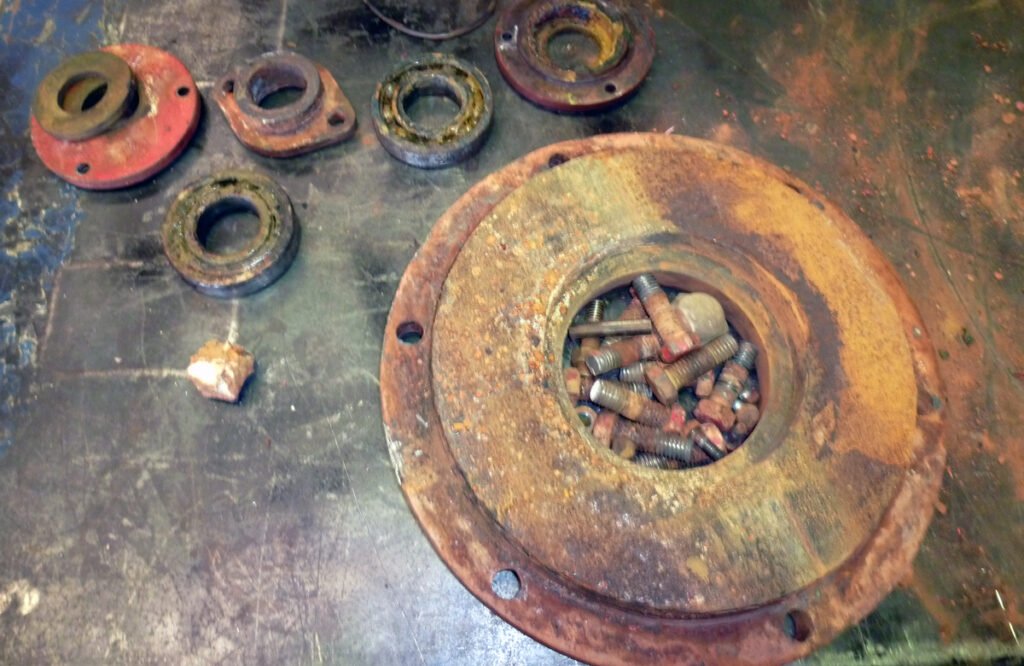
General wear and tear
General wear and tear is inevitable for any piece of equipment. If you’re using your equipment regularly, it’s likely the equipment will face a few bumps and bruises along the way. For heavy duty equipment it’s recommended to get your gear serviced regularly. If you can’t remember when you last serviced your equipment, it’s better to be safe than sorry.
Contact an expert
If you’re ever unsure about the performance of your pump equipment, speak to one of the professionals at Pumps Australia. We are happy to guide you over the phone or book your equipment in for a service. Have a chat to our team and we’ll make sure your pump equipment is back up and running quicker than you can say “pump equipment”!

